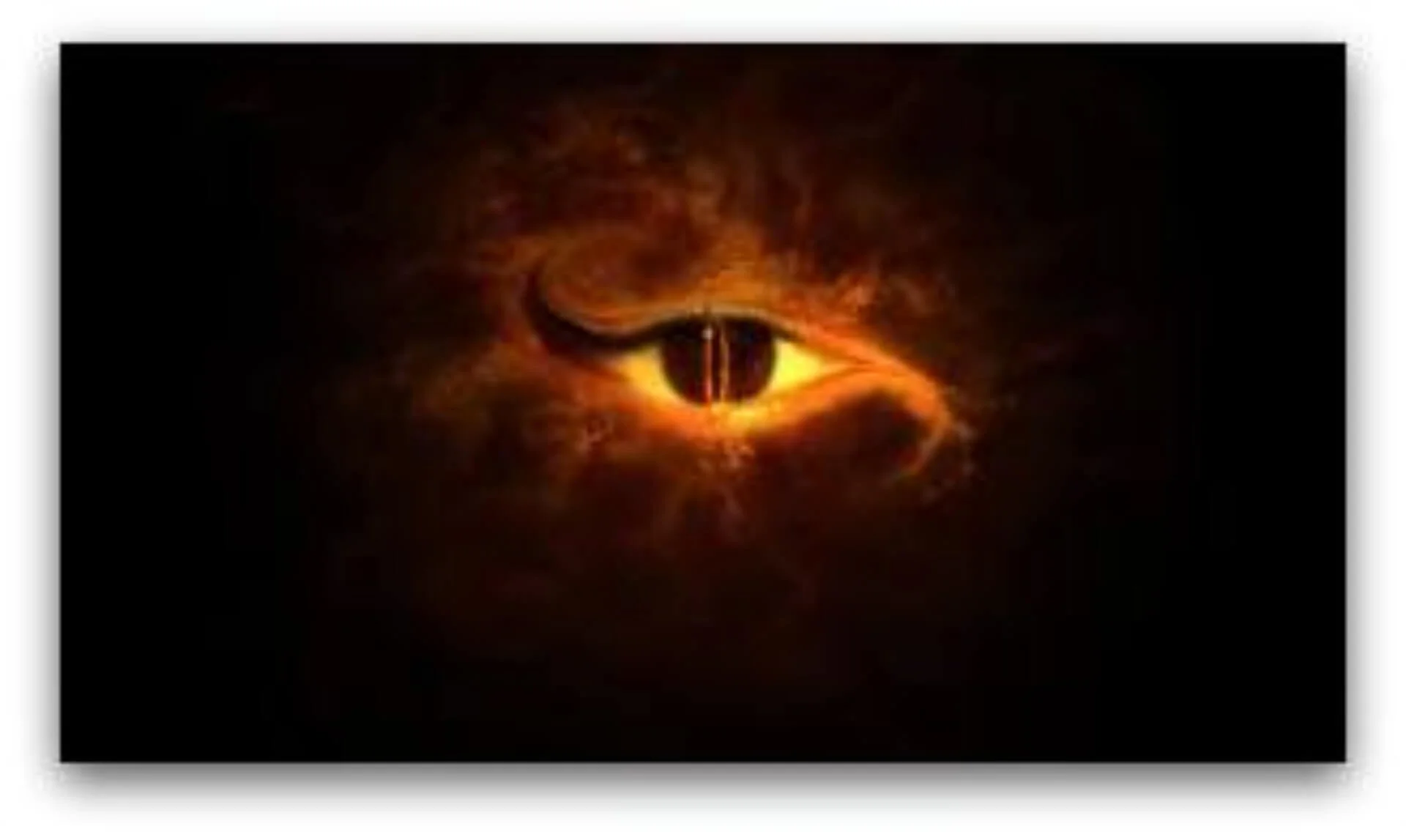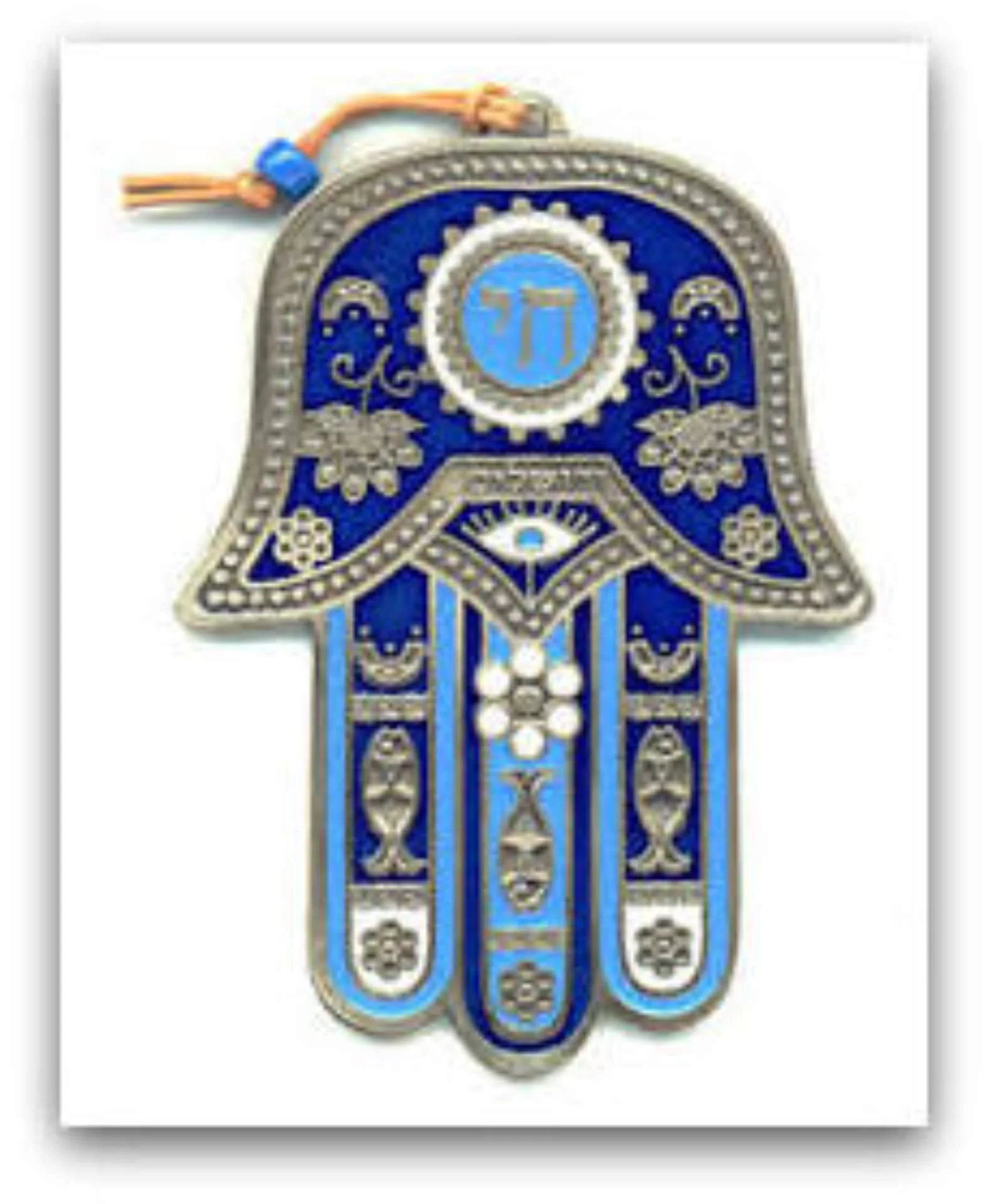Remedies for the Evil Eye
Around Valentine’s Day this year, I received several emails of the chain letter variety asking me to forward a cheery aphorism to five friends in exchange for the beneficence of good luck.
Good luck. Bonne chance. Buona Fortuna. Mazel Tov. Who wouldn’t want to commend themselves to the favor of the gods, especially since the opposite of good luck is bad luck, or as my superstitious grandma admonished the malevolently lurking Kein En Horah, the evil eye.
As it turns out, the concept of the evil eye is present in just about every culture. (See Alan Dunde’s fascinating book and interview on the subject.) In Hindi the evil eye is known as Boori Nazar. Mal de Ojo in Spanish. The Italians say, Mal Occhio, and in Arabic the word is Ayin Harsha.
But whether natives refer to this deadly gaze as “stink eye” or “rotten eye,” whether the antidote is a prayer, a chant, a bracelet or charm, the message is to be vigilant and protect oneself from the invisible threat.
My own grandmother was forever spitting (feh, feh, feh) —into her hand, into the soup!—as a way of protecting us against evil, her equivalent of throwing salt over her shoulder or knocking on wood. My mother, too, was infected with this legacy and forbade us to walk under ladders or put shoes on a bed. I used to smirk at their contrivances and the ignorance they implied, but you can be sure I was simultaneously susceptible to their warnings and secretly awaited bad luck to befall me for my irreverence. Like many superstitious folks, my family engaged in a mish-mash of rituals that adhered to no one religion or ideology, but helped stoke the ever-present hope of keeping bad luck/bad spirits away. If evil was a superpower lurking outside the realm of humankind, bad luck was its twin. In both instances, the intention was, in today’s jargon, self-empowerment, a way to battle forces beyond one’s control. Like Job, I think they were attempting to understand the inexplainable and with the courage of innocence shape their destinies.
But maybe, just maybe, the irrational isn’t so…well…crazy. Something deeply primitive and instinctive resides in the old reptilian parts of our brain coexisting in a parallel universe with our rational, smarty pants frontal cortices.
Freud wrote brilliantly on what lurks within in his 1919 essay called The Uncanny that blends psychoanalysis and aesthetics.
From another perspective, Jung expanded our understanding of the unconscious by exploring the necessity of a symbolic life. Jung, among others, understood that there are ways of knowing outside the realm of our conscious, linear-thinking minds and that superstition is one symbolic way we humans act on and give meaning to this knowledge.
Myth is another.
Art—poetry, painting, dance—another way.
To concretize what we fear is very helpful! How else, unless by objectifying our fears and symbolizing our hopes, could we know how we feel about the invisible world? Try to imagine for a moment Christianity without the symbol of a cross, or Nazism without its swastika.
Do you use anything to ward away evil spirits? Any evidence that it works?





